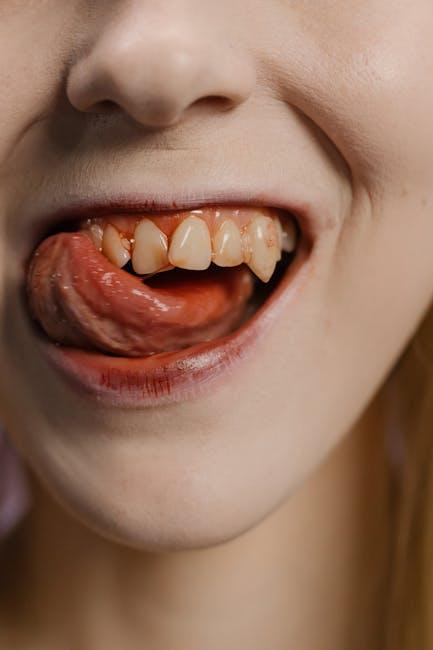
Does Medicaid Cover Dental? Orthodontics, Common Procedures & State Coverage
Dental health is an essential part of overall well-being, but understanding Medicaid coverage for dental services can be confusing. If you or a loved one rely on Medicaid, you may wonder, does Medicaid cover dental care? What about orthodontics or specific dental procedures? And importantly, how does coverage vary by state?
In this comprehensive guide, we’ll break down everything you need to know about Medicaid dental coverage — from which services are typically included, to orthodontics, common procedures, and how different states approach dental benefits. We’ll also share practical tips to help you maximize your Medicaid dental benefits.
What Is Medicaid Dental Coverage?
Medicaid is a joint federal and state program that helps low-income individuals access healthcare, including dental care in many cases. However, dental coverage under Medicaid isn’t standardized nationwide and varies widely based on the beneficiary’s age and state laws.
Who Can Get Dental Coverage Through Medicaid?
- Children under the Early and Periodic Screening, Diagnostic and Treatment (EPSDT) benefit: All states are federally required to cover comprehensive dental services for enrolled individuals under age 21.
- Adults 21 and older: Dental coverage is optional and varies by state. Some states offer extensive dental plans, while others cover only emergency dental services or none at all.
Does Medicaid Cover Orthodontics?
Orthodontics, such as braces and other teeth-straightening treatments, are often a concern for families on Medicaid. Here’s how Medicaid typically handles orthodontic coverage:
- Children under 21: Orthodontic treatments may be covered if deemed medically necessary. Examples include correcting severe bite issues or craniofacial anomalies.
- Adults: Most states do not offer orthodontic coverage for adult Medicaid recipients. However, exceptions exist in states with more generous benefits or special medical circumstances.
Note: Prior authorization is usually required for orthodontic services, and coverage criteria can be strict.
Medicaid Orthodontics: What Qualifies as Medically Necessary?
- Severe malocclusion (misalignment affecting oral function)
- Cleft palate or other craniofacial anomalies
- Dental trauma or cyst removal causing misalignment
Common Dental Procedures Covered by Medicaid
Medicaid dental coverage typically prioritizes preventive and necessary dental services. Below is a list of commonly covered procedures for children, with adult coverage varying by state.
| Dental Procedure | Children Coverage | Adult Coverage (Varies by State) |
|---|---|---|
| Dental exams and cleanings | Generally covered annually or bi-annually | Covered in some states; often annual |
| Fluoride treatments | Commonly covered for kids | Often not covered |
| Fillings and sealants | Covered to treat/prevent cavities | Some states cover fillings; sealants less common |
| Root canals | May be covered | Varies widely |
| Extractions | Covered | Usually covered if medically necessary |
| Orthodontics | Covered if medically necessary | Rarely covered |
State-by-State Variation in Medicaid Dental Coverage
One of the biggest challenges with Medicaid dental coverage is the variation from state to state. Here’s how state policies generally differ:
- Comprehensive Adult Coverage States: A few states, such as California, New York, and Washington, provide broad dental benefits for adults, including preventive, restorative, and sometimes orthodontic services.
- Limited Adult Coverage States: Many states offer emergency-only dental services to adults, like treatment for tooth pain or infections.
- No Adult Coverage States: A handful of states do not provide dental benefits for adults on Medicaid.
| Sample State | Children Coverage | Adult Coverage | Orthodontics Coverage |
|---|---|---|---|
| California | Comprehensive | Comprehensive | Yes, medically necessary |
| Texas | Comprehensive | Emergency only | Rarely covered |
| New York | Comprehensive | Comprehensive | Yes, with prior authorization |
| Florida | Comprehensive | Emergency only | Rarely covered |
Benefits of Medicaid Dental Coverage
- Improved oral health: Preventive services can reduce cavities and gum disease, leading to better overall health.
- Lower out-of-pocket costs: Medicaid helps many families avoid expensive dental bills.
- Access to necessary treatments: Medically necessary procedures, including orthodontics for children, help correct serious oral health issues early.
Practical Tips for Maximizing Your Medicaid Dental Benefits
- Verify your state’s dental coverage: Contact your state Medicaid office or visit their website to understand what services are covered.
- Find Medicaid-accepting dentists: Use state directories or online tools to find dental providers who accept Medicaid.
- Schedule regular checkups: Preventive care helps avoid costly dental problems later.
- Understand prior authorization: Some treatments, especially orthodontics, need approval in advance.
- Keep good records: Document treatments and authorizations to avoid claim disputes.
Case Study: Orthodontic Coverage for a Medicaid-Enrolled Child
Emma, a 12-year-old Medicaid recipient in New York, was evaluated by her dentist who noted severe bite misalignment affecting her speech and chewing. After submitting medical documentation, Medicaid approved orthodontic treatment, including braces. Over two years, Emma received care covered largely by Medicaid, improving her oral function and self-confidence — a prime example of the value of state Medicaid dental benefits.
Conclusion
Medicaid does cover dental care, but the extent varies significantly by age and state. Children under age 21 receive broad dental benefits as a federal requirement, including orthodontics if medically necessary. Adult dental coverage is optional and varies widely — ranging from comprehensive plans to emergency-only services or none at all.
Understanding your specific state’s Medicaid dental benefits is key to accessing the care you need. By using the tips shared here and staying informed about your Medicaid dental plan, you can maintain better oral health without breaking the bank.
For more detailed state-specific information and to find Medicaid dental providers, be sure to visit your state’s Medicaid website or consult resources like Healthinsurance.org.


